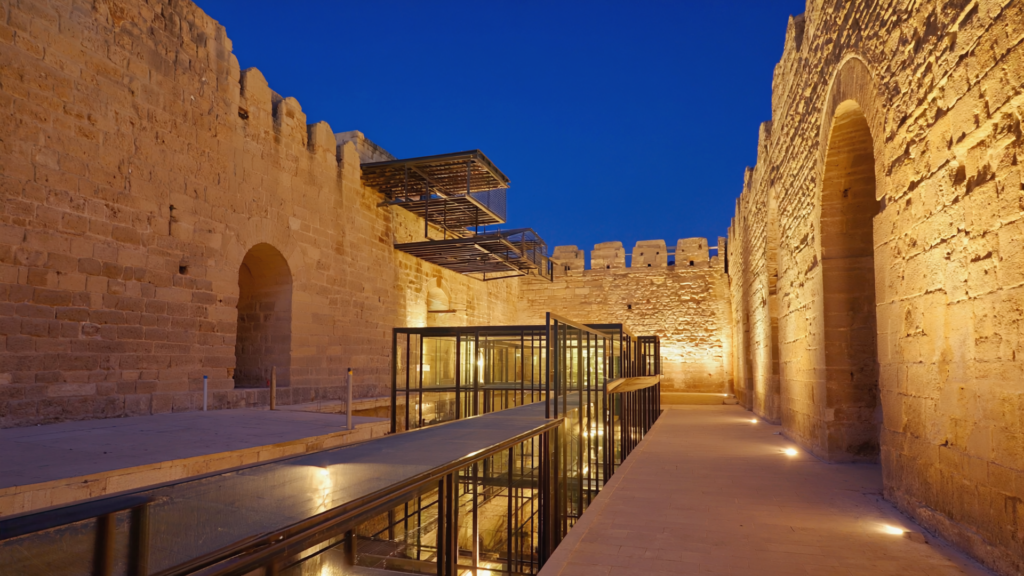Revitalization of historic urban fabrics using modern urban design strategies is one of the most pressing challenges in contemporary urban planning. These historic areas, which form a crucial part of the cultural and historical identity of cities, must be preserved with care while being adapted to meet the needs of today’s society. This article explores how combining heritage preservation with innovative urban design not only protects the past but also breathes new life into urban environments.
Preserving Cultural Identity While Meeting Modern Needs
Historic urban areas are more than just physical spaces — they are cultural landmarks, holding stories, traditions, and architectural styles from generations past. Revitalization means retaining this legacy while ensuring that such spaces are livable, accessible, and functional in today’s fast-paced urban life. A successful revitalization project creates synergy between tradition and innovation, offering environments where both residents and visitors can experience cultural continuity and modern comfort.
Restoration and Rehabilitation Techniques
One of the most effective ways to revitalize historic fabrics is through restoration and rehabilitation. These techniques aim to preserve architectural authenticity while integrating contemporary infrastructure.
Practical Examples
Maintaining original facades while reinforcing structural integrity
Installing energy-efficient systems like HVAC and smart lighting
Improving accessibility with elevators, ramps, and sustainable materials
These approaches ensure the space remains relevant and functional without compromising its historical essence.
Creating New Public Spaces in Historic Areas
Contemporary urban design plays a vital role by introducing new public spaces within historic districts. These urban interventions help foster community, encourage tourism, and enhance social interaction.
Examples of Contemporary Additions
Pedestrian-friendly walkways and cultural plazas
Community parks and urban seating areas
Public art installations that celebrate historical context
Such elements not only increase the vibrancy of the area but also act as bridges between the past and the present, enriching the user experience.
Case Study: La Ribera District in Barcelona
A shining example of this approach is the La Ribera revitalization project in Barcelona. As one of the city’s oldest neighborhoods, La Ribera was transformed through thoughtful restoration and innovative design. Historic buildings were carefully restored, public spaces were reimagined for social and cultural use, and the neighborhood evolved into a dynamic urban hub attracting both locals and tourists. This project demonstrates how old structures and modern needs can coexist harmoniously when guided by a comprehensive urban design vision.
Balancing Heritage with Socioeconomic Demands
True revitalization goes beyond aesthetic restoration. It also addresses the economic and social dimensions of urban life. By revitalizing historic areas, cities can stimulate local economies through tourism and entrepreneurship, provide affordable housing options, and promote inclusive public spaces for diverse communities. The ultimate goal is to create a sustainable urban environment that reflects the richness of the past while serving the future.
Final Thoughts
“Revitalizing historic fabrics is not just about restoring buildings; it is about reviving the soul of the city and returning its identity to its citizens.”

